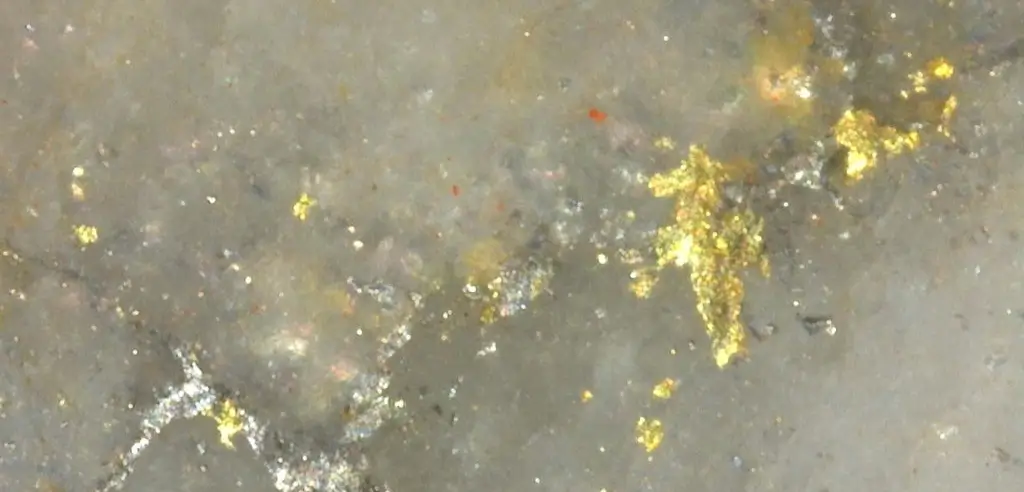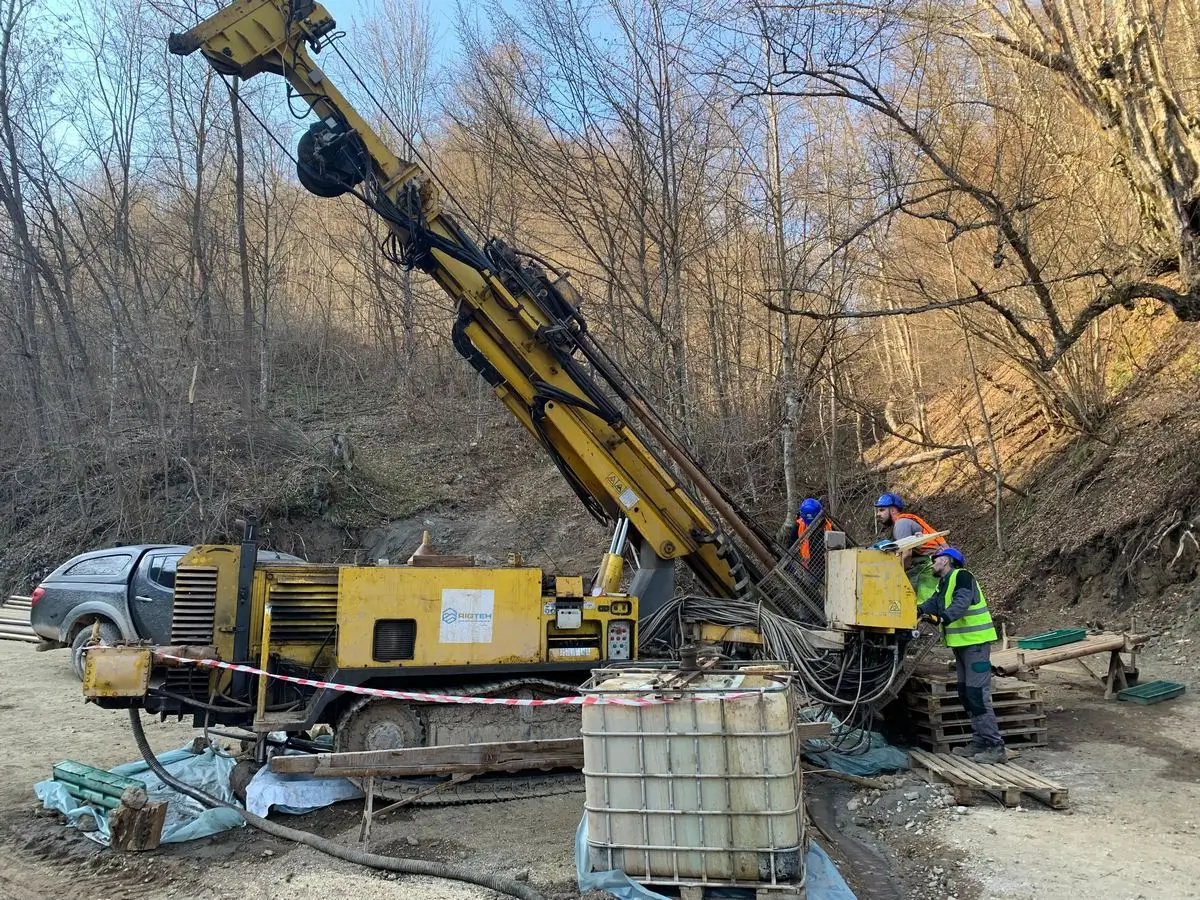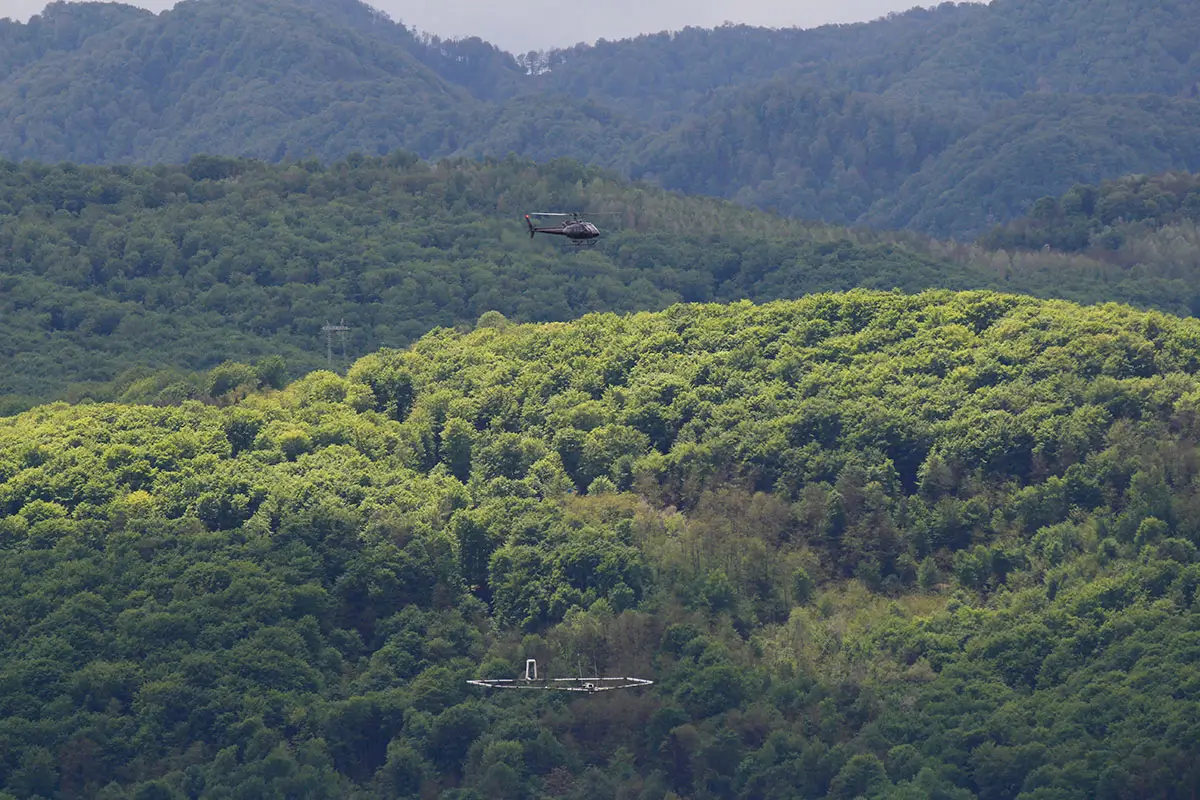Substantial Mineralization Intersected
Many young exploration companies own an interesting project. However, only a few already possess a completed, operational mill. Nicola Mining (TSX.V: NIM, FSE: HLI, WKN: A14T7S) is one of these few companies, as it owns the fully permitted Merritt Mill. It can process both gold and silver ore using gravity and flotation methods.
Another special feature of this mill is that it is the only facility within the province of British Columbia that can and is allowed to process ores from other companies in the province. This makes Nicola Mining an important contact for other companies and, unlike many other explorers and mine developers, it has the opportunity to generate regular income by processing its own and third-party ores while searching for new deposits.
This advantage cannot be overestimated at present, as liquidity and the generation of fresh capital to continue their own activities are currently the biggest challenges for many companies in the industry. Currently, Nicola Mining is feeding the Merritt Mill with ore delivered by Talisker Resources. As this ore contains free gold, Nicola has reactivated its gravity separator for production. The gold concentrate produced is currently being stockpiled and prepared for later sale. It is expected to begin in September.
Nicola Mining Lands Interesting Hits at Craigmont Again This Year
A new exploration phase has begun on the Craigmont copper project. It is the first phase of the 2024 drilling program and focuses on the previously undrilled West Craigmont-WP target. Around 1,500 of the total planned 5,000 drilling meters have already been completed.
With the drill holes, Nicola Mining hopes to create a framework for the underground geology and align the geophysical anomalies with the geological features. All this is done with the aim of refining the orientation of a potential porphyry copper system in the region.
The initial results help to delineate the Nicola-Guichon contact and local structures. The observed alteration and mineralization are encouraging and consistent with expectations for the margin of a porphyry system. Particularly interesting are the altered fault blocks showing quartz-sericite-pyrite and chalcopyrite, supporting the need for additional drilling in this target area.
Substantial Mineralizations Intersected
In drill hole WP-24-001, significant pyrite mineralization with traces of chalcopyrite was encountered between 59.6 and 108.0 meters depth. The drill hole was designed to test the largest IP anomaly in this area. It was only discovered during the IP surveys conducted this year.
Drill hole WP-24-002 also targeted a relatively shallow IP anomaly and intersected a similar contorted mineralization zone as WP-24-001. Here too, pyrite and chalcopyrite mineralization was encountered from 47.1 to 100.9 meters depth in sericite-quartz altered Nicola volcanic rock.
Drill hole WP-24-003 was drilled at a shallow angle to further investigate the largest IP anomaly that WP-24-001 had already targeted. This drill hole encountered fault-affected pyrite and chalcopyrite sections at depths between 298.8 and 316.3 meters, as well as 358.9 to 365.4 meters.
Once drill hole WP-24-004A is completed, the second phase of the 2024 drilling program will likely begin. This phase includes drilling on the MARB-CAS target. This target was identified through bedrock mapping and geological observations at the surface, with geophysical modeling contributing to some extent. The planned drilling aims to develop a framework for the underground geology and evaluate the mineralization potential below the MARB occurrence.
Mine Lease Extended at Treasure Mountain
Last but not least, Nicola Mining announced that it has received a ten-year extension for its mine lease at Treasure Mountain. The Treasure Mountain mine is located about 27 km east-northeast of Hope in the province of British Columbia and is 100 percent owned by the company. Treasure Mountain consists of a total of 30 mineral claims covering 2,178.3 hectares and a mining lease of 335 hectares. The mine lease extension is valid until April 26, 2032.
The Treasure Mountain Mine was first discovered in 1892 and has been operated intermittently since its discovery. From 1930 to 1932, approximately 4,000 tons were processed on-site, yielding 39,558 ounces of silver, 379,532 pounds of lead, and 88,455 pounds of zinc. Between 1987 and 1989, the mine was developed on four levels and 407 tons of partially sorted material were delivered to the Cominco and Asarco smelters.
A permit for the extraction of 60,000 tons of ore from the Treasure Mountain Mine has been in place since May 18, 2012, and the expansion of the permit provides Nicola Mining with the opportunity to reopen Treasure Mountain. Should new mineralized ore bodies be discovered, the reopening of the mine could be accelerated.
An NI 43-101 compliant resource estimate from June 2009 certifies the project with 33,000 tons of ore grading 24.2 ounces per ton silver, 4.16% lead, and 3.80% zinc. The total inferred resource of the vein above a cut-off grade of 10.0 ounces per ton silver was estimated at 120,000 tons grading 27.0 ounces per ton silver, 2.79% lead, and 4.36% zinc. Therefore, reopening the mine is a possible scenario that Nicola Mining needs to evaluate.







